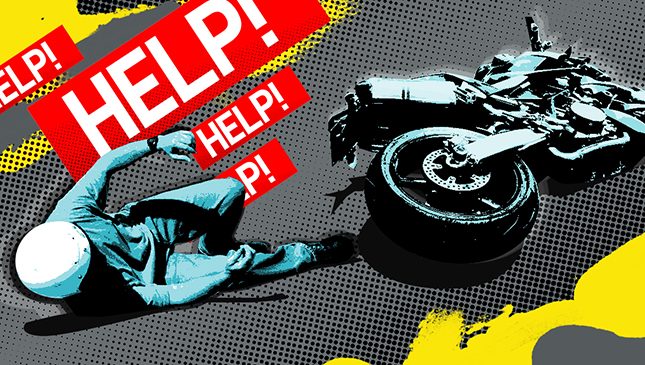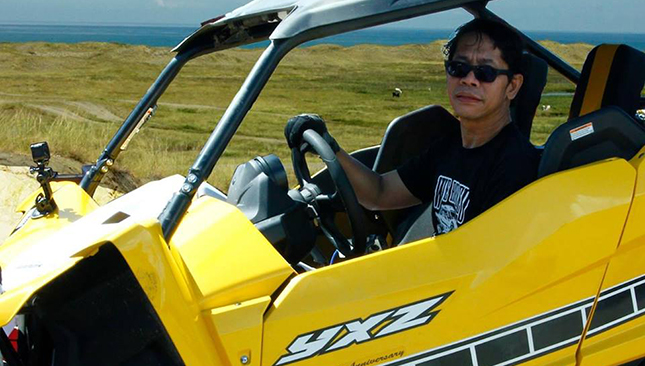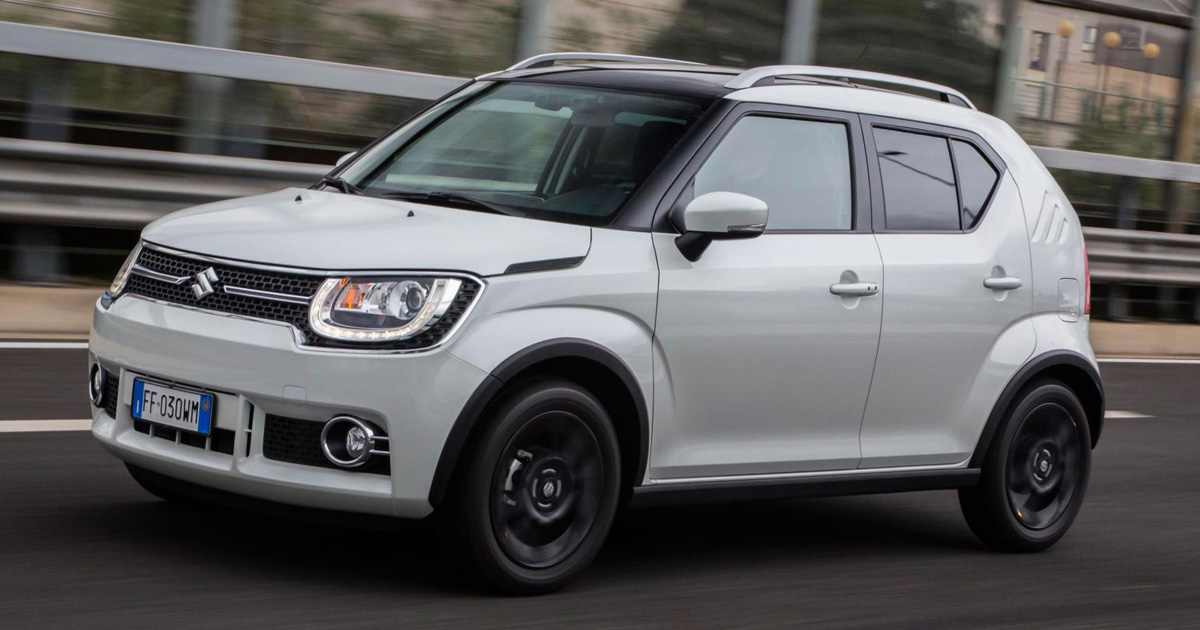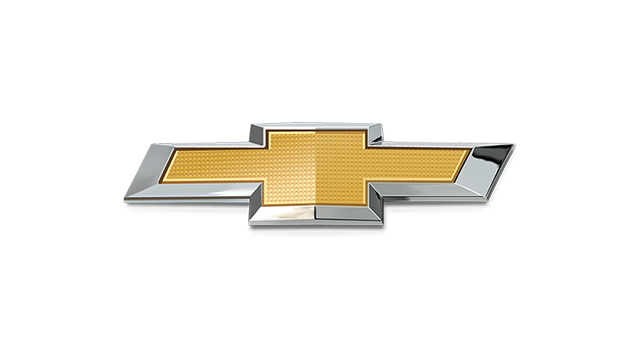
Everyone’s aware that motorcycle-related accidents happen every day in the Philippines, particularly in Metro Manila.
According to a report by the World Health Organization, the number of motorcycle riders in the Philippines comprise some 53% of 10,379 total deaths related to road accidents in the country in 2015. Of the remaining 47%, 19% are pedestrians, 14% drivers of four-wheeled vehicles, 11% are passengers, 2% are cyclists, while others are 1%.
Just over the weekend, three deaths were reported involving two riders and a lady backride who figured in a road accident on their way to Ilocos Norte for the third Vigan Invitational Ride and then back to Metro Manila. Several others also crashed during the rainy ride and sustained injuries.
Many believe those numbers could be lessened if only the response were swift and effective. Dr. Cesar Cicero C. Cedullo, a professor of Anatomy and Emergency Nursing who has been riding motorcycles for the past 30 years, shares some tips on how to respond to a motorcycle crash.
"Take note, you are not a responder. Avoid the terms ‘patient’ and ‘victim.’ You can only establish scene safety and apply first aid. First aid is applied only when no trained responder is present,” according to Cedullo. Here are some more of his tips:
1) Secure accident area
- Establish warning signals for oncoming traffic. Flag down speeding vehicles. Park 15-20 meters from the scene to provide space for rescue vehicles.
- Call emergency service and provide a situational scene.
- Take note of fuel, debris, and other hazardous objects. If there is danger due to a hazardous area, stop traffic. Create a passing lane by clearing debris.
- Do not move a casualty except if there is danger due to fire, smoke, or imminent explosion.
- Identify yourself if you have training in rescue. Too many Good Samaritans can cause additional harm to the casualty. Establish your authority by barking orders for others to move away.
- If it is a crime scene (e.g road rage involving weapons), wait for the police to secure the area.
2) Assess casualty
- Determine mechanism of injury (MOI). An "over the handlebar” incident has a high percentage of head and back injuries compared to a slide injury. Collision or abrupt deceleration is the worst type of MOI.
- Unfasten but NEVER remove the helmet. There may be unstable neck injuries. Unfastening the straps allows the casualty to breathe.
- Do the following in this sequence: a) Check for consciousness. Determine if awake or unresponsive. Ask if okay and wait for response. b) If unconscious, check for pulse. Palpate beneath the angle of the jaw for pulses. Do not palpate both sides at the same time; it may bring down blood pressure. c) Check for breathing. Note if the mouth area is bleeding. d) Check for spine injury. Note for paralysis. Ask the casualty to move his fingers and his feet.
- Take note of the membership patches and other insignias of association. This is important later on. Further assistance may be provided by the group. Asking the casualty this information may also assess his level of consciousness.
- Do not remove any item from the casualty. They are important in identification and communication with next of kin or colleagues.
- Look for bleeding and limb deformities.
3) Assist casualty
- Do not put anything under the head or put the casualty in an upright position if the patient is an over-the-handlebar or an abrupt deceleration injury. Do a two-man assist in putting patient on his side (recovery position).
- If patient is not breathing or has no pulse, perform cardiopulmonary resuscitation ONLY if you had this kind of training.
- Apply direct pressure to bleeding limbs (riders should have a first aid kit that includes a cravat or elastic bandage). Do not apply tourniquet.
- Immobilize limb deformities with bandages. Do not try to straighten (medical term: reduction) them.
- Do not pull out impaled objects. Secure them with bandages.
- Keep the casualty warm by covering him.
- Keep the casualty company until professional help arrives.
- Do not make the patient stand and walk around. Nor give him water to drink.
4) Respect privacy
- Cover private body parts or gory scenes.
- Do not take pictures and post on social media. This is not a proper subject for selfies.
If you care for a fellow rider, always keep a copy of this in your wallet. And always remember, ride safely!












